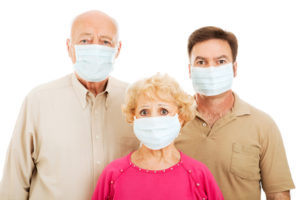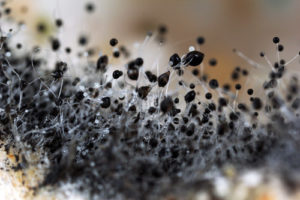Can You Smell Mold?

Can You Smell Mold?
Mold is a generic term encompassing more than 100,000 known species with a wide range of colors and textures, which also emit a number of distinctive odors. Our Manhattan mold removal experts explain the cause of mold smells and how to identify them.
What Makes Mold Smell?
As mold grows, it releases chemicals known as microbial volatile organic compounds or mVOCs. When mVOCs reach the air, they emit a pungent and unpleasant odor that often has a strong musty element such as you might find in a damp basement or waterfront cottage.
Just as mold species differ in color, specific mVOCs can have a variety of odors. Some are described as earthy, like the smell that follows rainfall. Others have the medicinal smell of camphor, or a scent similar to fermentation of alcohol. Herbaceous, nutty and fatty are also terms that have been used in connection with mold smells.
Identifying the Odor of Mold
If you have one of these odors lingering in your home despite your best efforts, chances are good it’s from a hidden mold infestation. You could even become “nose-blind” to persistent smells. Step outside for a few minutes and take some deep breaths of fresh air, then go back inside and compare.
Stern Mold: The Manhattan Mold Removal Experts
Our professionally trained technicians have extensive experience locating and treating mold infestations, even those not readily visible. Contact us to schedule a time for a free mold inspection and consultation.




